Gestures Practice Figure Drawing
Understanding gestures and applying them to your daily practice is a critical step in your artistic development. Gesture drawing is a method of capturing people in exaggerated poses. Some gesture maps lean more towards realistic representations, while others are exaggerated like crazy.
The more you practice, the more you can learn to manipulate this technique. This is a fundamental exercise that every artist should internalize and identify.
Seriously it doesn’t matter what you want to make: oil paintings, webcomics, even highly stylized vis dev art for Hollywood movies.All of those paths require a foundation in drawing. Figure drawing is an exercise you’ll need to practice for your whole artistic career so it’s a great place to start.
So what are the best techniques to improve gesture drawing? I’d like to share some tips in this post: If you’re new to gestures, I actually recommend the Drawing the Human Figure Using Basic Shapes basics course by SalemShanouha. This is what I learned about gestures, and it’s still a series I refer to from time to time.more importantly ,This course can be followed by using pencil and paper or PC. No exact requirements for the PC needed.
Drawing with gestures can achieve different goals depending on your practice. You can quickly sketch 30-60 seconds to quickly capture emotions. Alternatively, you can focus on realism and work longer.
Quick sketches are loose and have few lines. Your goal is to write something on the page.It’s going to be bad at first. If you’re looking for tips, Hampton Books has plenty of great examples and advice for keeping your gestures loose but real.If you can stand out from bad pictures, you will eventually find your rhythm. You’ll learn to see exaggeration more easily, and be able to push your body’s movements farther than it appears in life or photo references.
Ultimately, the goal of all gestures is to study the character and see how it moves. The human body is very complex, and gestures try to simplify the body as much as possible.
Everyone has their own way of drawing gestures, which makes it a very unique practice. The worst way to do a gesture is not to do it at all.
Depending on your goals, there are some other rules to follow. For example, if you’re drawing a fully rendered graph, you need to double-check that graph. You always want to double check the proportions, but at one point you may look too much and not enough.
Gestures have a lot to do with feelings and emotions. Especially if you’re going for a rough, exaggerated pose. You want to conceptualize how the body is distorted to understand how it can be exaggerated.Where is the torso lean? Which leg bears the most weight? Ask yourself some questions as you analyze each pose and draw conclusions based on your conclusions.
If you want to step through some more comprehensive anatomy, there is a good guide: Human Figure Drawing: Artistic Anatomy.This course covers the whole of anatomy, giving you a deeper understanding of the human body structure
Avoid too many straight lines
If all your gestures look like stick figures, then you may be drawing too tightly.
Gestures are designed to capture motion and movement. Every pose has some curve or direction to play with, even if it’s very subtle. When you draw with straight lines, you tend to lose these natural curves and end up looking stiff in poses.Instead follow Stan’s advice and use lots of curves. Look for a natural curve from head to torso or pelvis to feet. You can follow these lines with C or S shaped curves.However, you’re still likely to make very stiff gestures, and this technique won’t let you off the hook.
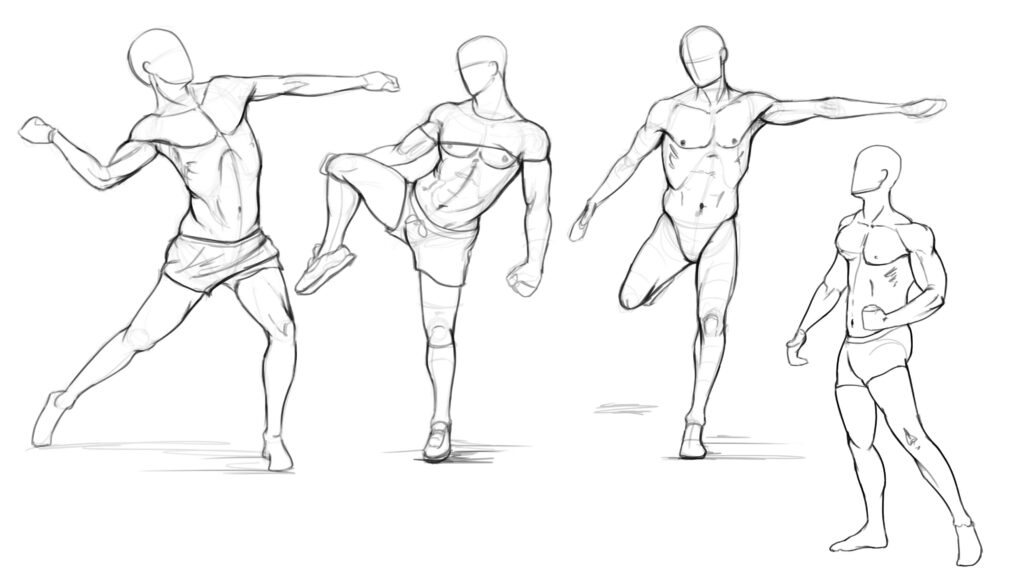
But it will help you see each pose in action. You should look beyond the details to see which lines define each pose.Is there a lot of thrust on one hip? Or should one weight-bearing leg be darker than the other? Just try it out and see how it looks.I’d like to add that if straight lines are defined, sometimes it’s OK too. Legs that are firmly planted on the ground can use straight segments to represent weight. But it can also be bent at the top near the knee, or down to the heel. These subtleties can make a world of difference.
Since gesture drawing doesn’t take much time, you’re free to experiment a lot. Take advantage of this and be willing to try new things as much as possible.
don’t just copy
When you want to take a realistic approach to painting, some copying is required. But this still requires attention to the values and scales to get the plot right.Gestures do not imply a finished drawing. It’s just an exercise to exercise your eyes and your ability to exaggerate. This means you shouldn’t always want to reproduce exactly what you see.There are good reasons to imitate certain parts of the pose – especially keeping the limbs in proportion to the rest of the body.
But you should care more about how the gesture feels than how accurate it looks. If you can glance at the gesture map and immediately recognize the person’s pose, then it’s doing its job.Everything you draw should take the form of the character into consideration, but never be a slave to the character. Understand that every part of the body is a form and has volume. With that in mind, try drawing your gestures.But don’t let the outline define how your gestures appear on the page. Be willing to break the outline as much as possible. Try to find a happy medium between pushing the pose but still maintaining its original position.
This will help you avoid straight copy that looks boring and keep you from exaggerating unrealistically.
Avoid sloppy lines
Sloppy lines can make it harder to analyze your gestures. As I said before, there are not too many rules, and this is certainly not the “rule” of gesture drawing.However, if you can confidently make each mark, your gestures will be easier to see.If you take the time to really analyze each drawing, you’ll get higher quality drawings every time. Your line work will be more directed and purposeful.
It all takes effort and commitment. After a day or even a week, you won’t necessarily see an immediate improvement in gesture work. It takes a while for these things to become ingrained in your muscle memory.But keep practicing and pay attention to your lines. Don’t redraw the same line multiple times trying to find the best fit.Instead, just draw a line and try to get it right the first time. If it’s wrong then wipe and try again, or just move to a new gesture.The more you practice seeing and understanding gestures, the easier it will be to replicate them with a flick of a pencil.
If you’ve already practiced gestures, try applying these techniques to your workflow.A consistently recommended book for beginners is Figure Drawing for All It’s Worth by Andrew Loomis. He’s written dozens of books and this one is great for those just getting into gesture.There are many other figure drawing & gesture books out there providing great study materials. I don’t think they’re all worth grabbing, but here are a few solid recommendations.
Artists prefer Maya or Houdini?
Houdini and Maya are two of the most famous 3D software often used by artists and studios in many fields. They both have different things to offer and in this article, let’s compare them. We will try to give you an overview of the key differences between them, and the capabilities of both.
Post a Comment
要发表评论,您必须先登录。
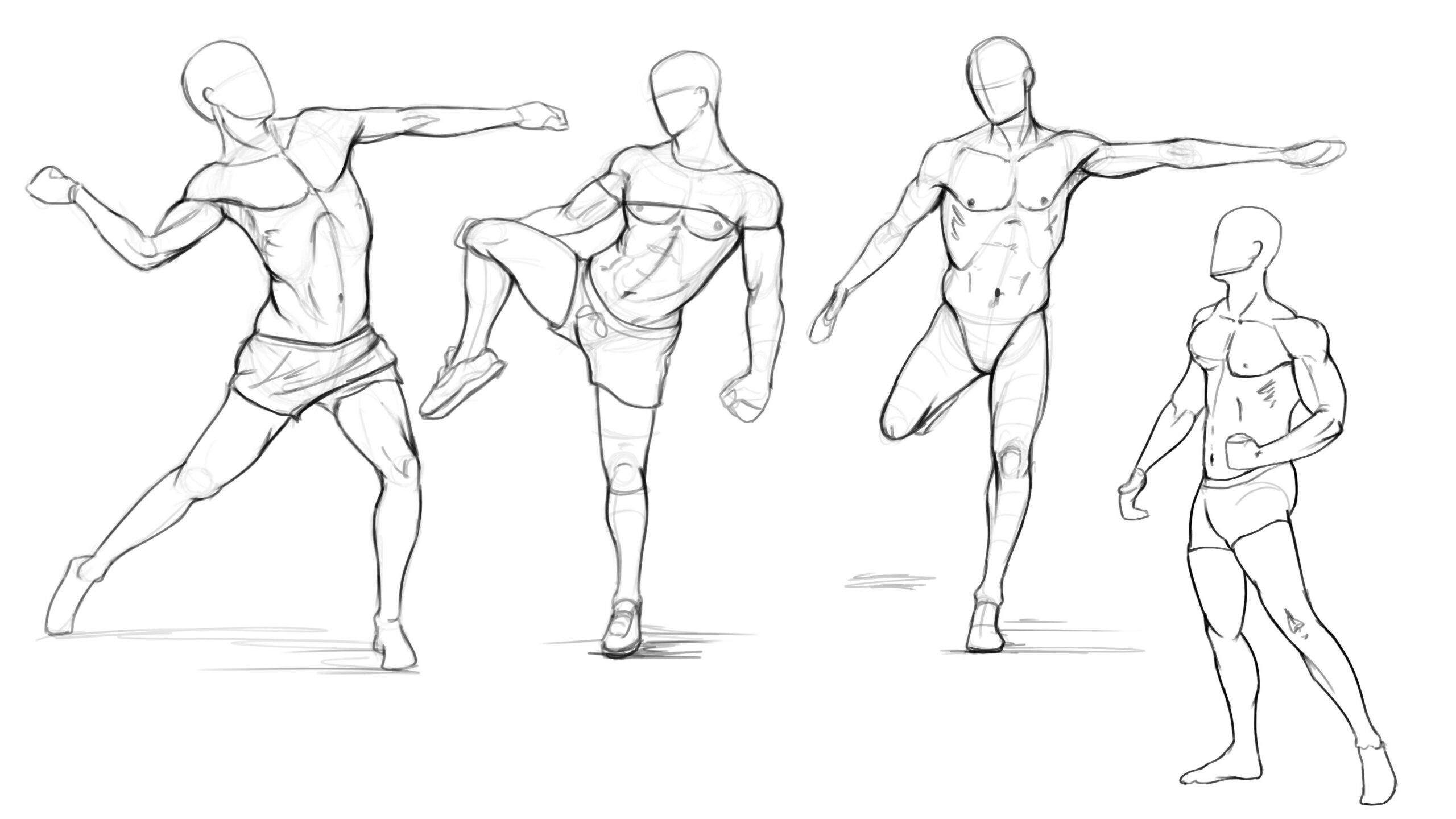
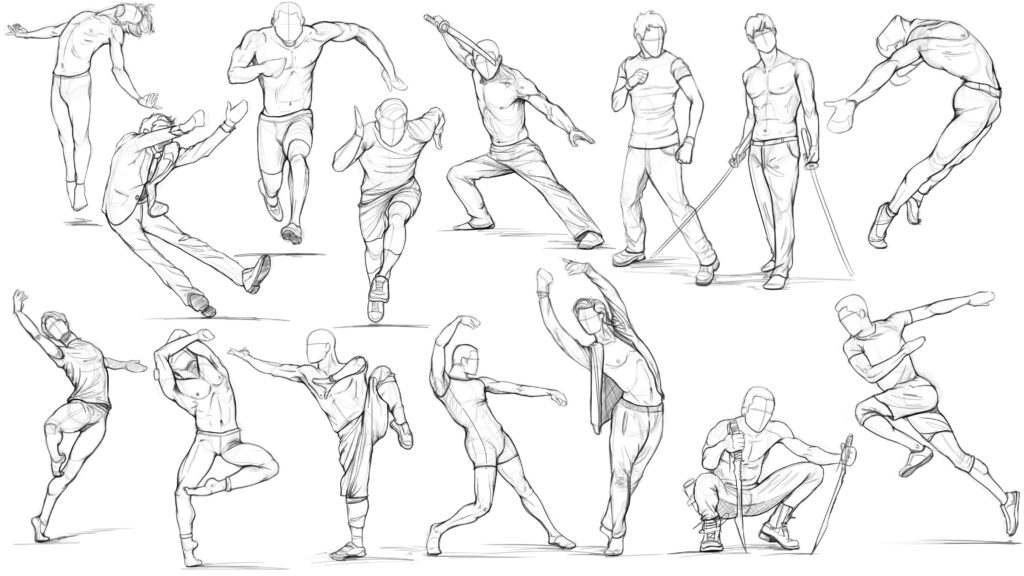
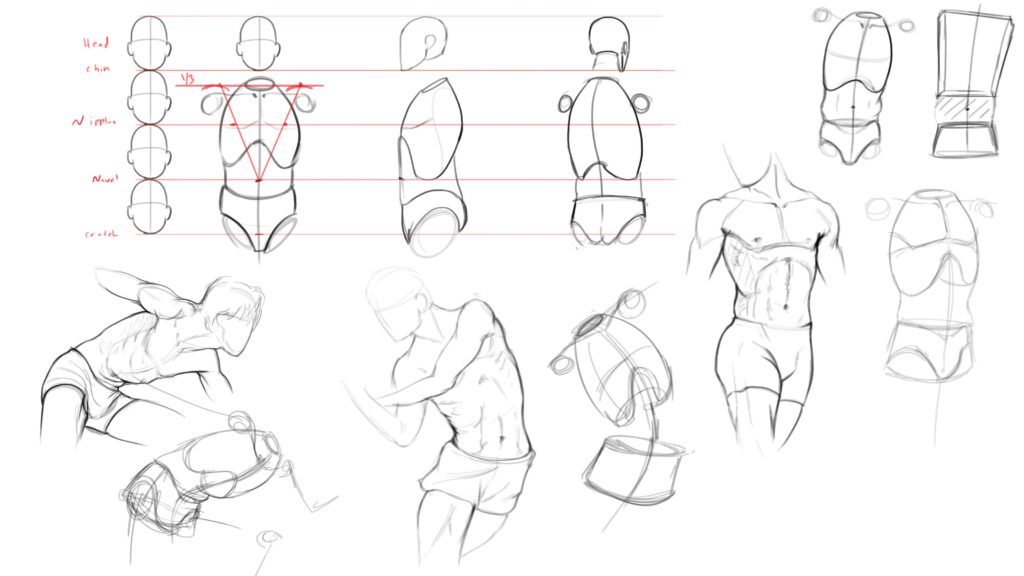
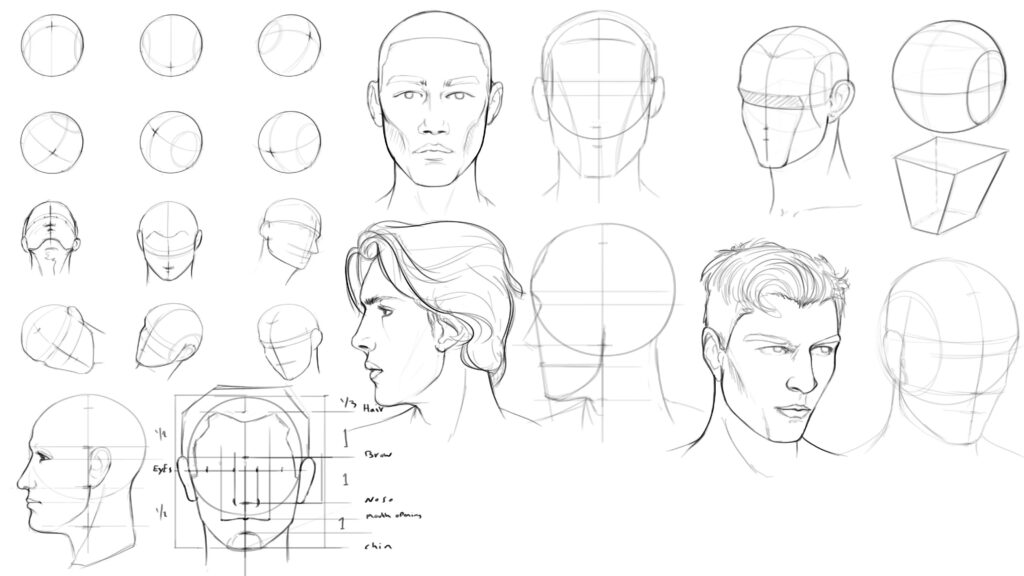
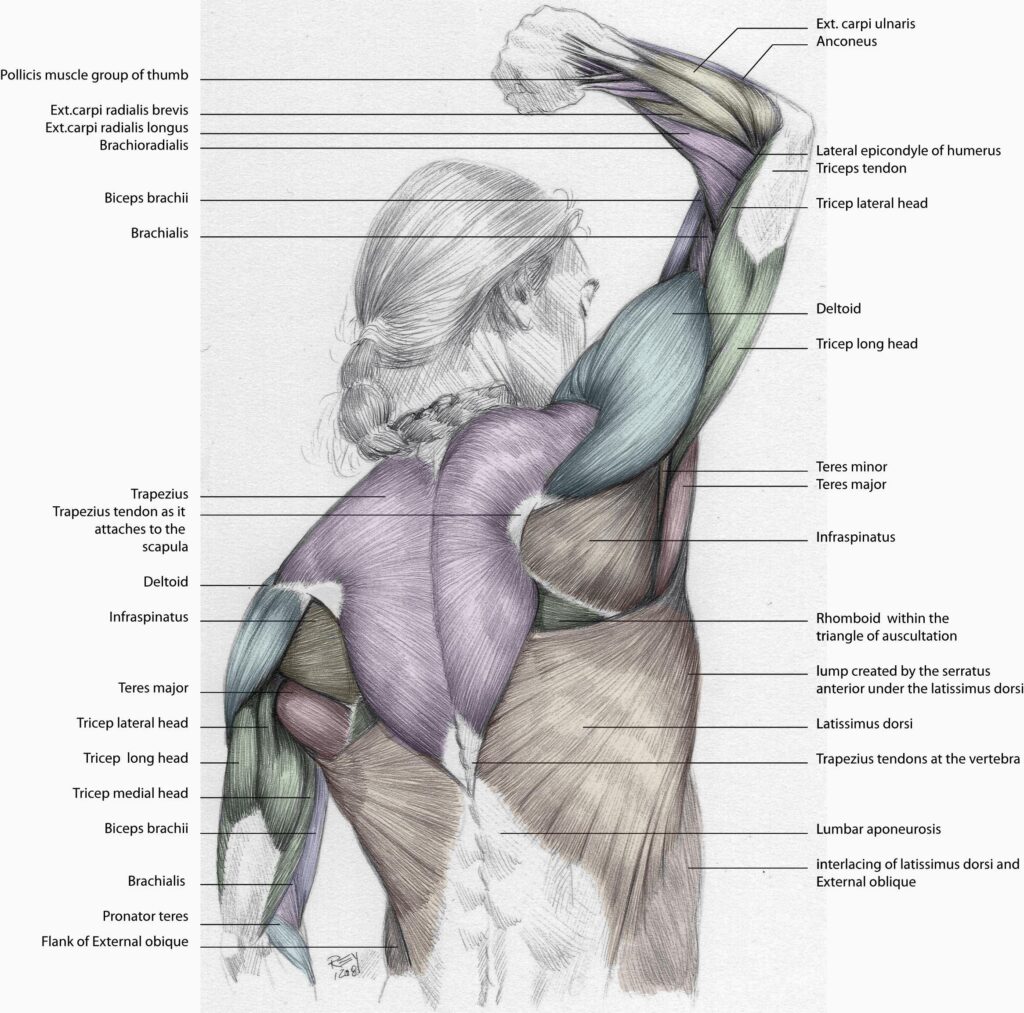
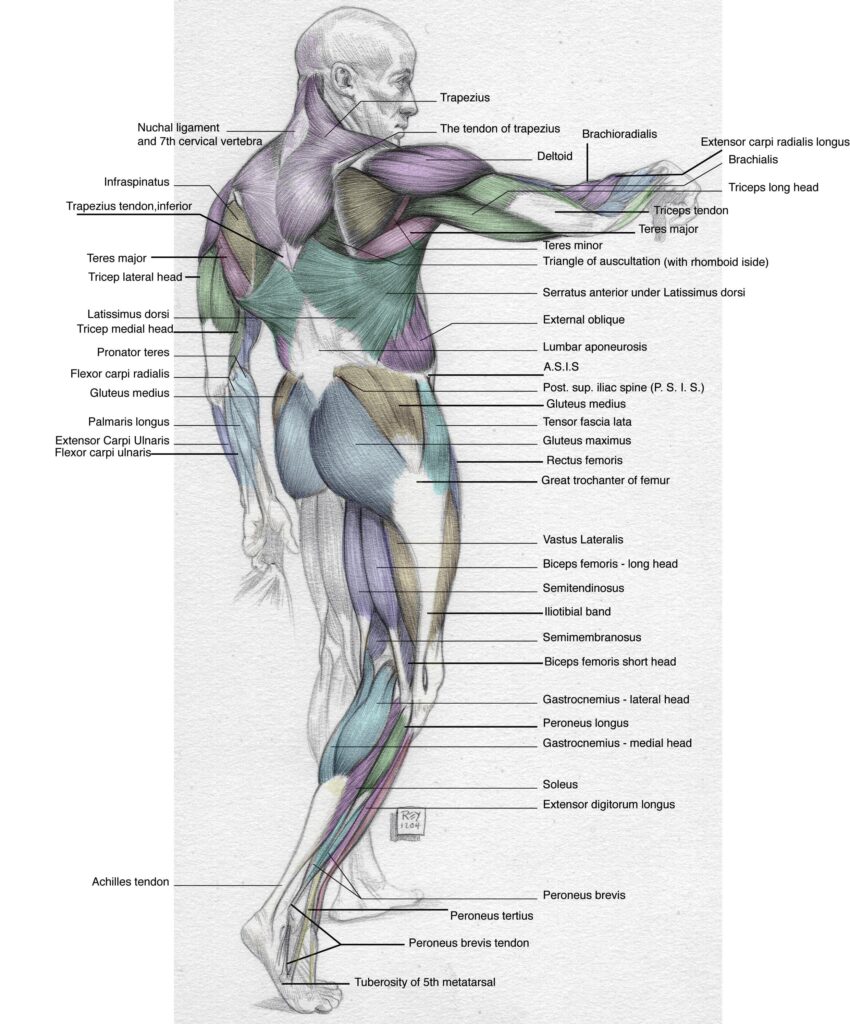









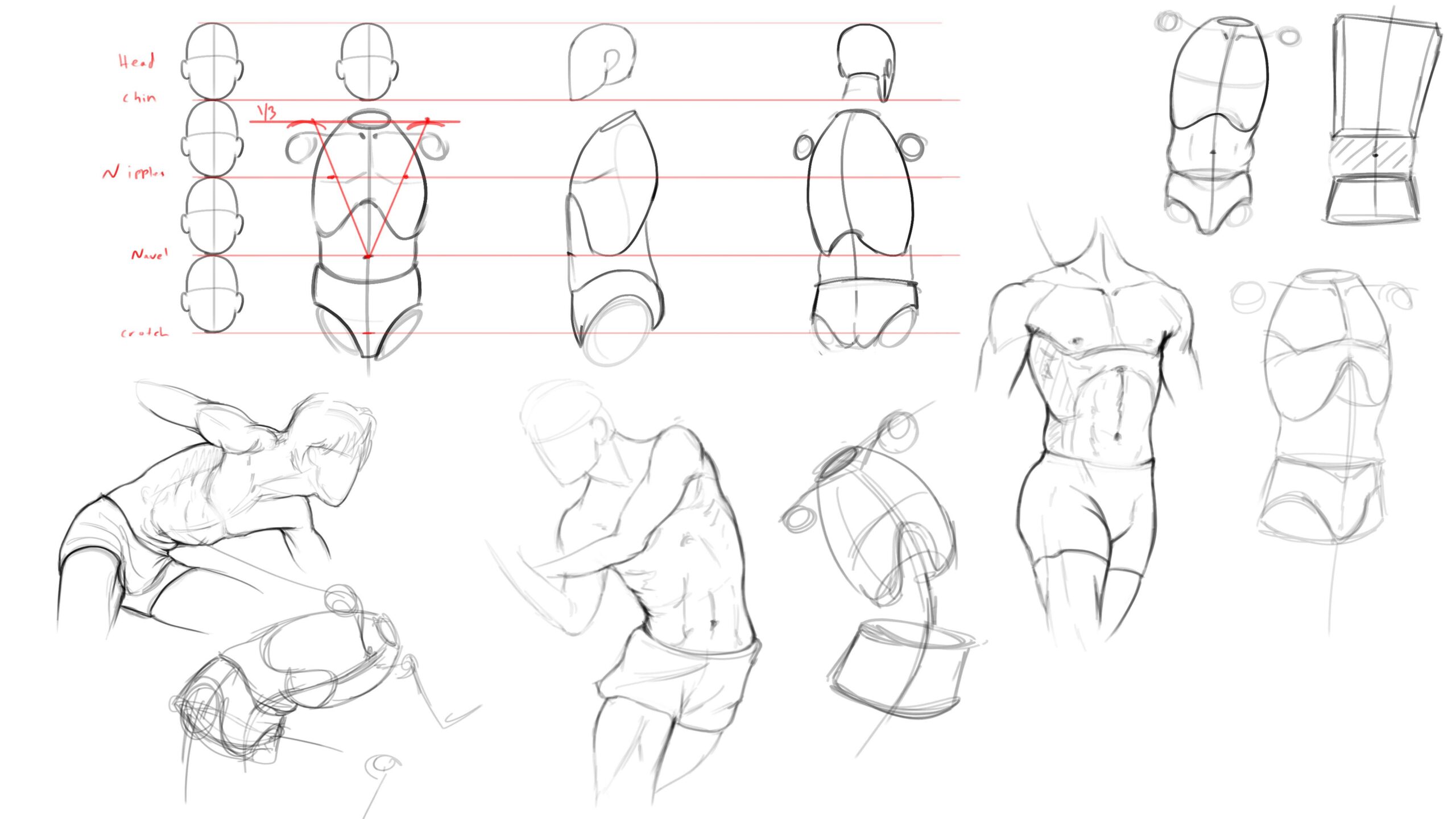

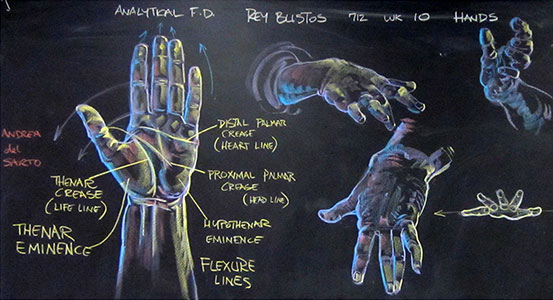
Pingback: Gestures Practice Figure Drawing | art design |...
2022-04-02